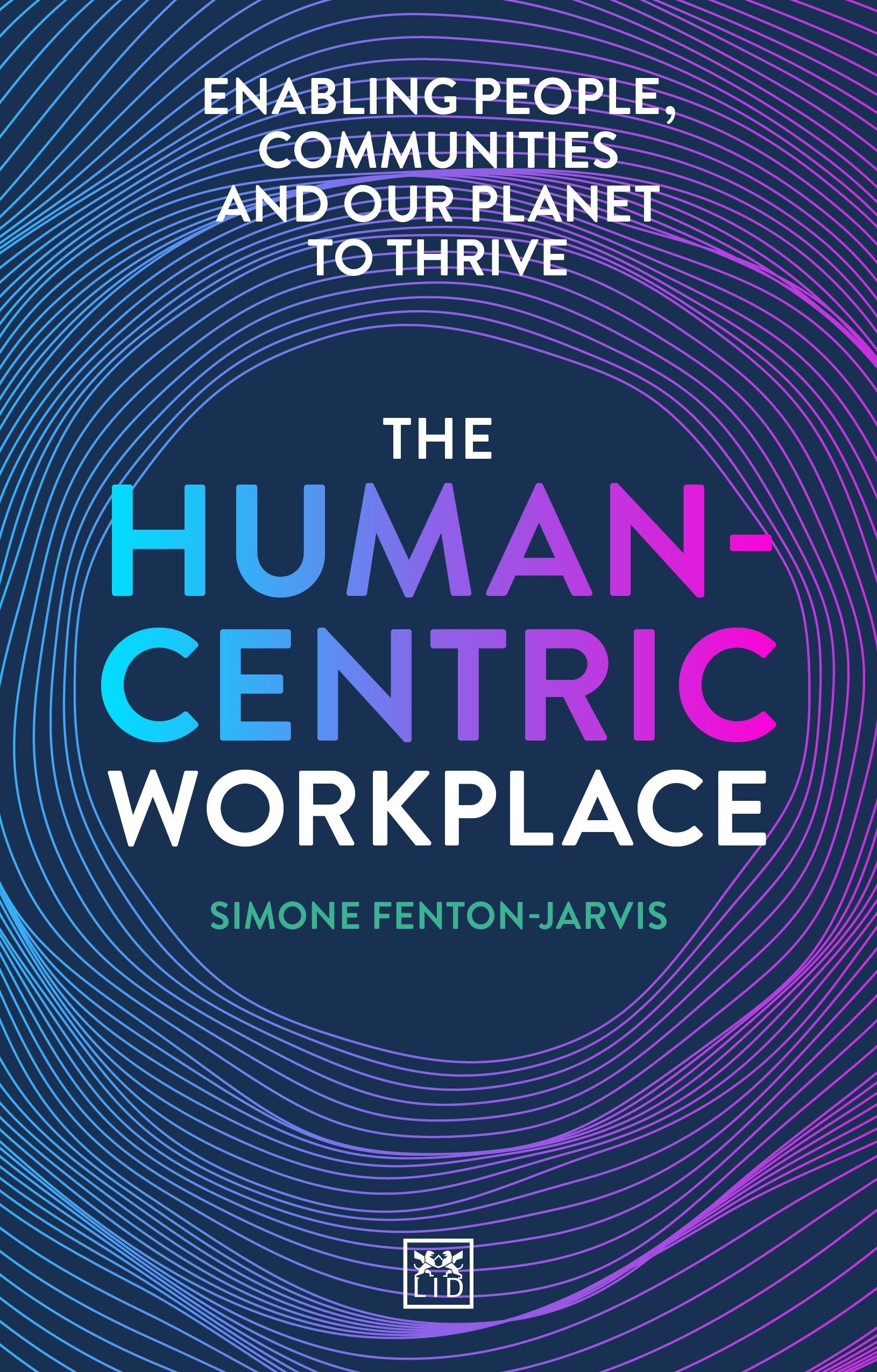The Human Centric Workplace – what does that even mean and why is it so important?? Human-centric workplaces are where people want to be; they want to be part of the organization; they want to thrive as humans. Employees are valued for their strengths, rather than punished for their weaknesses. A leader who does all of this, speaks from the heart, shows empathy, and communicates a clear vision, is a leader that people will climb mountains to follow.
A human-centric workplace embraces all people and feelings; it consciously knows that this is the way to get the best from your people. When was the last time you were at work and knew you were truly being yourself? We need to challenge the norm, be curious and start to really listen and learn from each other.
In my view, it has never been so important to be human. Organizations continue to promote people not just past their task performance capability but past their human skills capabilities. Think back on your experience and the many times you asked why certain people were promoted over their senior co-workers. It’s no longer just who you know but it is what you know and how you present it. This shows quite accurately in a Human Centric Workplace as Simone goes through the many stages to set this up as well as personal experience to really show the relation between the different organizations.
Leaders of the 21st century need empathy and listening skills, to be brave and embrace vulnerability. Good leaders use these skills to instil a sense of team community, camaraderie, empowerment and trust. It takes a Human Leader to understand, drive, support, coach and give the person the psychological safety to be themselves, managing their skills and passion effectively; after all, some risks are worth taking. With currently 4 generations in the workplace there is a diverse set of people bringing lots of experiences and skills together for a common purpose.
Simone quotes realistic questions and helps the reader reflect not only on the workplace but within each self to help us identify our true self. Think about how a positive behaviour can not only improve our inner self but our surroundings. What is our body telling others – body language is key in delivering the right message. Also, – Just a simple Thank you, makes a world of difference.
We can stay present despite intense emotion, regulate our nervous system through breath, and override the negative thoughts. The more we practice, the better we become – we rewire our brain and free ourselves from old ways of thinking. People want to work in organizations where they feel their achievements are recognized and they are valued for the contributions they make
Simone has a great way of stating various theories and explaining how today’s workplaces treat their people. For example, in Maslow theory where people are motivated to fulfill first their basic needs including the physiological, safety, love and belonging before they begin to address the self actualization and esteem. Leaders can unlock that potential however in many workplaces in today’s environment the progress is disrupted by the failure of meeting the most basic of needs.
Company values and employee perks do not define company culture. We all start out at the same place, but what we bounce off, what traps we fall into and the direction we take is determined by us. The end goal is that shared company mission that we all strive to achieve.
So, what is culture? Cultures are not defined by one big event; culture is defined by culminative small events and behaviours over time.
So, what is the formula for the creation of the right culture:
The intended culture + the people, tasks and behaviours = the actual culture
In a world of technology and automation, it is not more robots we need, it is more human behaviour: empathy, trust, compassion, listening, authenticity and connection. Technology should be utilized to enhance the human experience, not replace it.
Another great analogy quoted by Simone where Abraham Maslow highlighted that in any given moment, as humans, we have two options: step forward into growth or step back into safety. Where teams have psychologically safety, stepping forward is equally as safe as stepping backward.
Simone quotes relevant statistics comparing the past and current trends especially in hours of work per week. A study found that 745,000 people died in 2016 from stroke and ischemic heart disease as a direct result of having worked at least 55 hours a week, a 29 per cent increase since 2000. It’s no wonder companies need to think of creative ways to have their employees be as productive as they can in less hours per day.
Simone covers the various areas of an organization that can be impacted in a positive way through the Human Centric Workplace. Such areas consist of safety, recruitment and retention, customer satisfaction, finances, and innovation, just to name a few.
What has happened since the pandemic? Simone reviews some keys stats that show the impact of the leaders in companies. For example, the COVID-19 pandemic has highlighted the importance of soft skills within the workplace. A survey found that 73% of people felt their organization’s leadership had been lacking during the pandemic, 36% stating their leader failed to empower them, and 31% said a lack of empathy impacted their motivation and performance.
So, what next you ask?? Well, Simone covers that as well where she offers a Human-Centric Workplace Playbook with a set of guiding principles set to inspire and ignite change in the way we work, live and interrelate with each other.
A great read and so relevant to today’s workplace cultures and where we need to be if we are to succeed in this ever-changing world of people, generations and behaviours.
Monique Vander Eyken, HR Consultant – MVE Consulting







